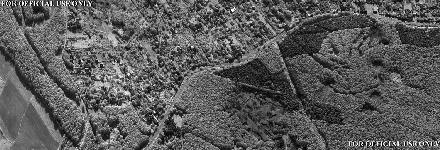
Photo by Capt. "Thumbs" Travers
(high resolution photos attached at end of article.)

 |
| A Marine Corps F/A-18D Hornet is shown here with its standard weapons load for defensive counter-air patrols: three AIM-120 AMRAAM missiles, two AIM-9M Sidewinders, an AGM-88 HARM Anti-Radar Missle and a targeting FLIR. This aircraft also features the new Advanced Tactical Airborne Reconnaissance Systesm (ATARS) in its nose. ATARS is being employed operationally for the first time with Marine aircraft deployed to Hungary in support of Operation Allied Force. Photo by Capt. "Thumbs" Travers (high resolution photos attached at end of article.) |

